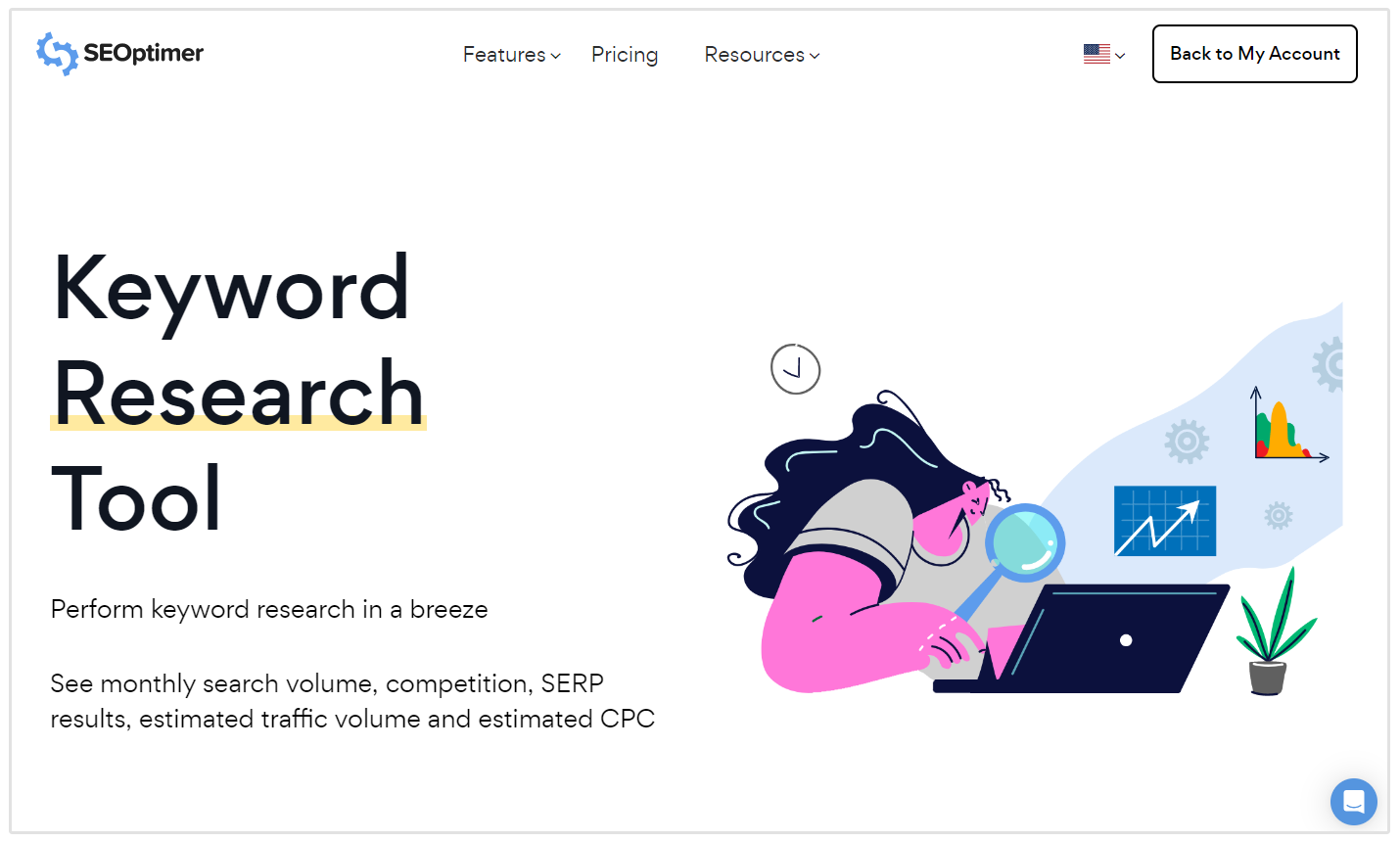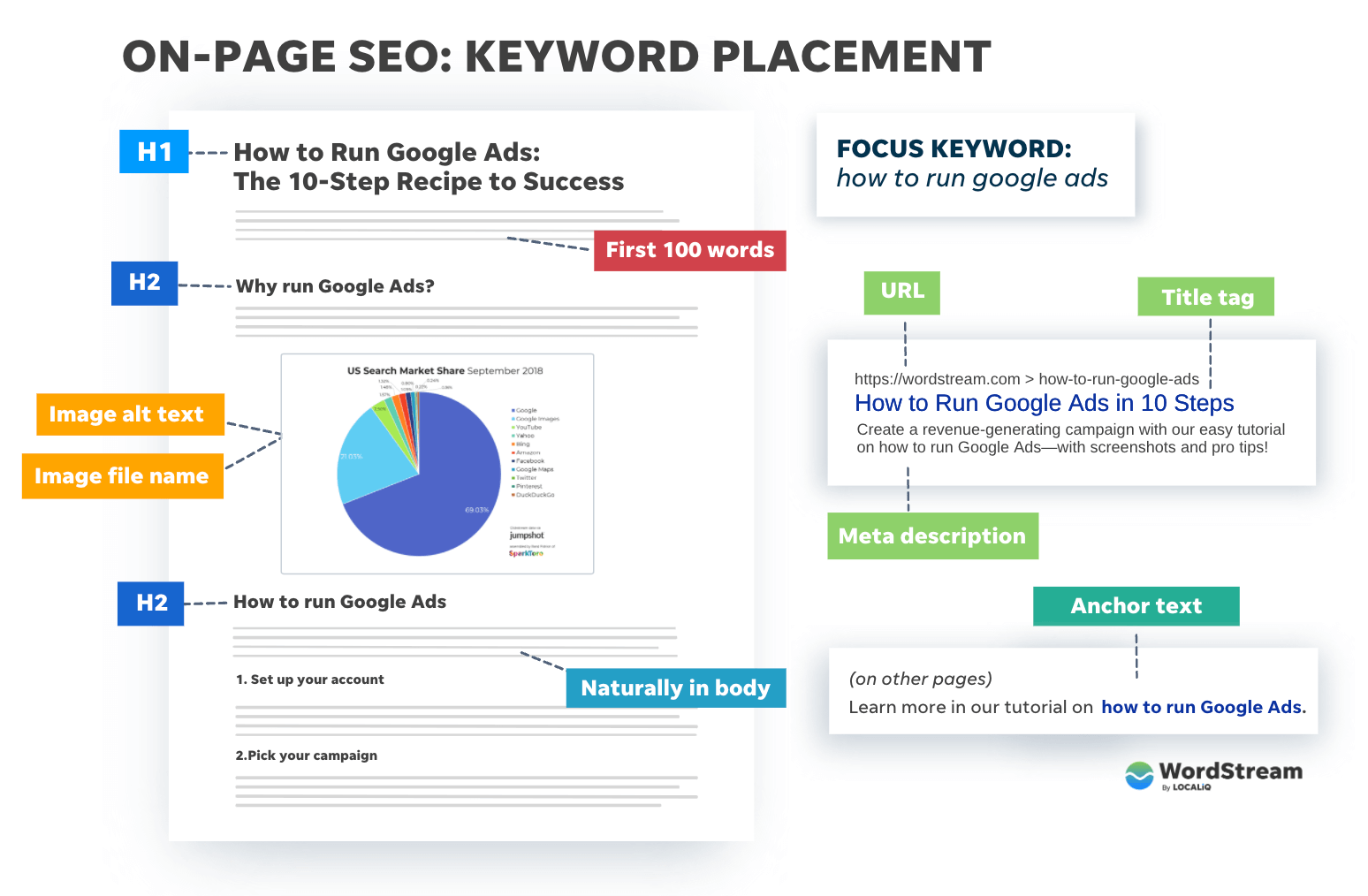A Comprehensive Overview to Secondary Dimensions in Google Analytics: Unveiling Its Duty in Information Interpretation
A Comprehensive Overview to Secondary Dimensions in Google Analytics: Unveiling Its Duty in Information Interpretation
Blog Article
Harnessing the Power of Secondary Measurement in Google Analytics to Improve Your Marketing Technique and Drive Outcomes
In the realm of digital advertising and marketing, the ability to tweak methods and accomplish concrete outcomes is vital for companies striving to stay affordable in today's landscape. Leveraging the power of second dimensions within Google Analytics opens a realm of possibilities for online marketers seeking to obtain deeper understandings into customer habits and tailor their projects with precision. By unearthing surprise patterns and refining target market division, services can craft targeted techniques that resonate with their consumers on an extensive level. The prospective to measure project performance with a granular lens additionally stresses the relevance of utilizing this tool to drive success.
Comprehending Additional Dimensions
When evaluating information in Google Analytics, understanding second measurements is critical for getting much deeper understandings into customer actions and web site performance. Key dimensions give fundamental information such as the number of sessions or users, yet additional dimensions provide a more comprehensive sight by enabling customers to sector and analyze data additionally. By including a second measurement, marketers can improve their analysis and discover valuable patterns that may have otherwise gone undetected.
Additional dimensions in Google Analytics can be used to different metrics such as web traffic sources, individual demographics, and actions circulation. For example, by integrating the key dimension of 'landing web pages' with the second measurement of 'device classification,' marketing experts can figure out which devices are driving traffic to certain landing web pages. This information can assist enhance website layout and content for much better customer experience across various tools
Studying User Behavior Patterns
To properly comprehend customer habits patterns, a thorough analysis of information within Google Analytics is necessary. By delving right into customer behavior patterns, online marketers can gain useful understandings right into just how visitors communicate with their site, which web pages are most appealing, and where possible bottlenecks or drop-off points may exist in the conversion channel. Google Analytics uses an array of devices to examine customer actions, such as habits circulation records, occasion monitoring, and objective funnels.
Behavior flow reports give a graph of exactly how users browse via the website, revealing the most usual courses customers take along with where they go down off. Occasion tracking permits marketers to keep an eye on specific interactions on the website, such as switch clicks or video clip views, providing a deeper understanding of user involvement. Objective funnels track the steps customers take in the direction of completing a certain objective, highlighting locations for enhancement in the conversion procedure.
Enhancing Audience Division
Upon examining individual habits patterns, marketers can additionally enhance their techniques by improving audience division methods in Google Analytics. Target market segmentation permits the categorization of site site visitors right into particular teams based upon various characteristics such as demographics, actions, and interests. By using Google Analytics' second measurements, marketers can refine these segments even further to gain much deeper insights right into their audience's preferences and actions.
Enhancing audience segmentation allows marketers to produce more targeted and personalized advertising campaigns. By recognizing distinct customer teams, marketers can customize their messaging, content, and uses to better resonate with each sector's one-of-a-kind features and demands. This degree of customization can significantly boost engagement, conversion rates, and general advertising efficiency.
In addition, through improved audience segmentation, marketing professionals can much better understand the client trip and optimize touchpoints along the course to conversion. By evaluating how various sections engage with the site and marketing channels, marketing experts can recognize possibilities to enhance customer experience, address pain points, and inevitably drive more conversions. On the whole, refining target market division in Google Analytics is a powerful strategy for making the most of advertising performance and driving lasting service growth.
Tailoring Marketing Campaigns
Marketing professionals can maximize their advertising campaigns by tailoring content and messaging to fit the distinct features and needs of certain audience sectors. Customizing advertising projects entails developing individualized experiences that resonate with various groups of customers. By leveraging insights from additional measurements in Google Analytics, marketing professionals can get a much deeper understanding of their target market's behavior, choices, and demographics. This information enables the development of targeted projects that speak directly to the passions and pain points of specific sectors, enhancing the possibility of interaction and conversion.
Through the evaluation of additional dimensions such as traffic resources, gadgets utilized, or geographical place, online marketers can adjust their messaging to be more impactful and relevant. For example, a shopping business might discover through Google Analytics that site visitors from social media sites channels have a greater conversion price than those from natural search. Equipped with this knowledge, the business can readjust its her explanation advertising and marketing technique to focus a lot more on social networks systems to drive far better outcomes. By tailoring advertising projects based upon insights from second measurements, companies can take full advantage of the effectiveness of their initiatives and ultimately drive better ROI.
Determining Project Effectiveness

One crucial element of determining project performance is tracking conversions. By setting up goals in Google Analytics, organizations can keep an eye on details activities taken by users as a result of the project, such as making an acquisition or authorizing up for a newsletter. Recognizing the conversion rate and the conversion path can supply beneficial insights right into the performance of various advertising networks and messages.
Moreover, evaluating metrics such as click-through rates, bounce prices, and session period can assist online marketers examine customer engagement and the influence of the campaign on internet site traffic. By integrating key metrics with secondary dimensions in Google Analytics, companies can refine their marketing methods, optimize campaign performance, and drive try this web-site better outcomes.
Conclusion
Finally, harnessing the power of secondary dimensions in Google Analytics can give important insights right into individual actions patterns, improve audience segmentation, tailor advertising and marketing campaigns, and action campaign effectiveness. By using this attribute successfully, companies can refine their advertising methods and drive far better results. It is critical for marketing experts to utilize the data available via additional measurements to make informed decisions and maximize their campaigns for maximum impact.

Report this page